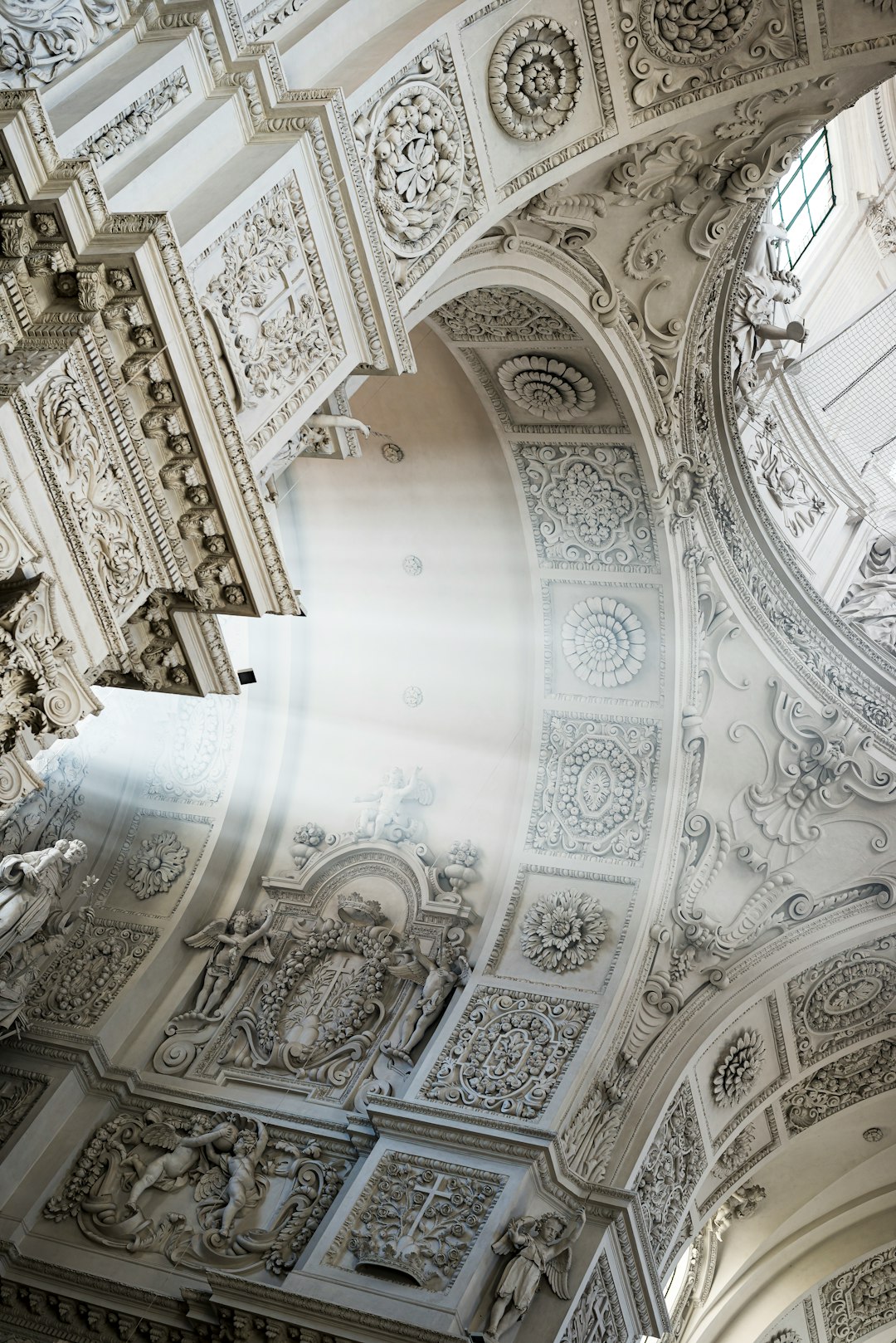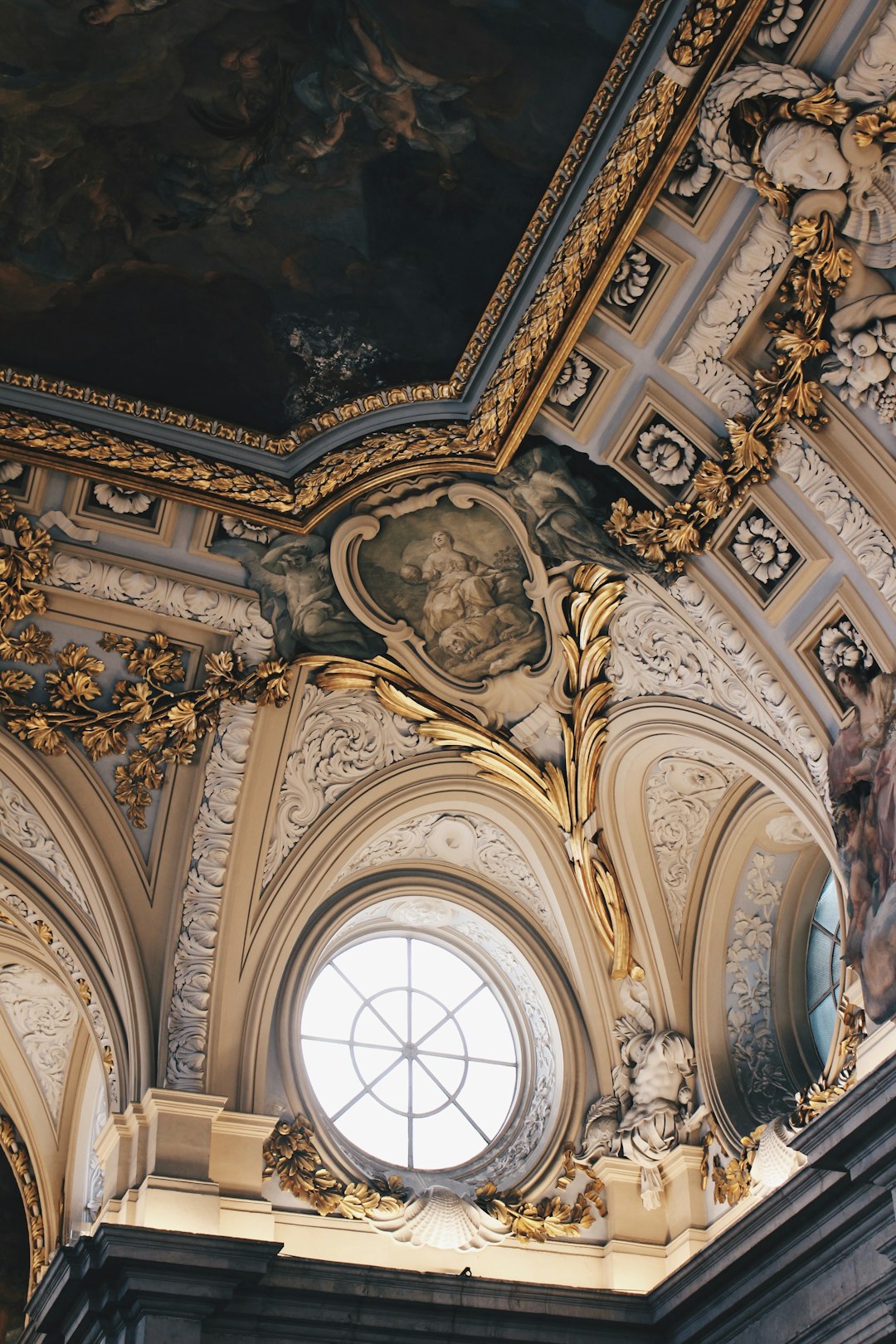Baroque vs. Rococo
What's the Difference?
Baroque and Rococo are two distinct artistic styles that emerged in Europe during the 17th and 18th centuries. Baroque art is characterized by its grandeur, drama, and emotional intensity. It often features elaborate ornamentation, dynamic compositions, and strong contrasts of light and shadow. In contrast, Rococo art is more delicate, playful, and ornamental. It is known for its pastel colors, intricate details, and whimsical themes. While Baroque art aimed to evoke awe and religious devotion, Rococo art focused on pleasure, leisure, and the indulgence of the senses. Both styles reflect the cultural and social changes of their respective periods, but Baroque is more monumental and serious, while Rococo is lighter and more lighthearted.
Comparison

| Attribute | Baroque | Rococo |
|---|---|---|
| Time Period | 17th to mid-18th century | Early to mid-18th century |
| Origin | Italy | France |
| Influences | Renaissance, Mannerism | Baroque, Neoclassicism |
| Emphasis | Dramatic, grandeur, emotion | Elegance, grace, lightness |
| Subject Matter | Religious, mythological, historical | Portraits, landscapes, everyday life |
| Color Palette | Rich, deep, contrasting | Pastel, soft, delicate |
| Ornamentation | Elaborate, intricate | Delicate, intricate |
| Architectural Style | Curved lines, domes, ornate details | Asymmetrical, ornate details |
| Furniture Style | Heavy, ornate, gilded | Light, graceful, curved |
| Artists | Caravaggio, Bernini, Rembrandt | Watteau, Fragonard, Boucher |

Further Detail
Introduction
The Baroque and Rococo periods were two distinct artistic movements that emerged in Europe during the 17th and 18th centuries. While both styles share some similarities, they also exhibit significant differences in terms of their characteristics, themes, and influences. This article aims to explore and compare the attributes of Baroque and Rococo art, shedding light on their unique qualities and contributions to the world of art.
Baroque Art
Baroque art originated in Rome, Italy, in the early 17th century and quickly spread throughout Europe. It is characterized by its grandeur, drama, and emotional intensity. Baroque artists sought to evoke strong emotions and create a sense of awe and wonder in the viewer. This was achieved through the use of dynamic compositions, exaggerated gestures, and dramatic lighting.
One of the key features of Baroque art is its emphasis on movement. Artists employed swirling lines, diagonal compositions, and dynamic poses to create a sense of action and energy. This can be seen in famous Baroque works such as Gian Lorenzo Bernini's sculpture "The Ecstasy of Saint Teresa," where the figures appear to be in a state of motion and ecstasy.
Baroque art also often incorporated religious themes, reflecting the strong influence of the Catholic Church during this period. Many of the greatest Baroque artists, such as Caravaggio and Peter Paul Rubens, were commissioned by the Church to create religious paintings and sculptures. These works often depicted biblical scenes with a sense of theatricality and emotional intensity.
Furthermore, Baroque art was characterized by its rich and vibrant color palette. Artists used bold and contrasting colors to create a sense of depth and drama. This can be observed in the works of Rembrandt, who masterfully employed light and shadow to enhance the dramatic effect of his paintings.
Overall, Baroque art can be described as dynamic, emotional, and theatrical, with a strong emphasis on movement, religious themes, and vibrant colors.
Rococo Art
Rococo art emerged in the early 18th century as a reaction against the grandeur and solemnity of the Baroque style. It originated in France and quickly spread throughout Europe, becoming particularly popular among the aristocracy and the wealthy bourgeoisie. Rococo art is characterized by its elegance, delicacy, and ornate decoration.
Unlike the grandiose compositions of Baroque art, Rococo works often featured smaller, more intimate scenes. Artists focused on depicting the pleasures of life, such as leisure activities, love, and nature. This can be seen in the paintings of Jean-Honoré Fragonard, who often portrayed romantic and idyllic scenes of lovers in lush gardens.
Rococo art also placed a strong emphasis on decorative elements and intricate details. Artists incorporated elaborate ornamentation, curving lines, and delicate motifs into their works. This can be observed in the decorative arts of the period, such as furniture, porcelain, and interior design, which were characterized by their intricate designs and luxurious materials.
Furthermore, Rococo art often featured pastel colors and a lighter, more delicate palette compared to the bold and vibrant colors of the Baroque period. Soft pinks, blues, and greens were commonly used to create a sense of elegance and refinement. This can be seen in the works of François Boucher, whose paintings often exude a sense of lightness and grace.
In contrast to the religious themes prevalent in Baroque art, Rococo art focused more on secular subjects and the pursuit of pleasure. It celebrated the beauty of nature, love, and the joys of everyday life. This shift in subject matter reflected the changing social and cultural values of the time, as the aristocracy sought to indulge in the pleasures of the world.
In summary, Rococo art can be described as elegant, decorative, and focused on intimate scenes, delicate details, and pastel colors.
Comparison
While Baroque and Rococo art share some similarities, such as their European origins and their emphasis on aesthetics, they also exhibit significant differences in terms of their characteristics and themes.
- Baroque art is characterized by its grandeur, drama, and emotional intensity, while Rococo art is known for its elegance, delicacy, and ornate decoration.
- Baroque art emphasizes movement, dynamic compositions, and dramatic lighting, whereas Rococo art focuses on smaller, more intimate scenes and intricate details.
- Baroque art often incorporates religious themes and bold, vibrant colors, while Rococo art celebrates secular subjects, pastel colors, and the pursuit of pleasure.
- Baroque art reflects the influence of the Catholic Church and the Counter-Reformation, while Rococo art reflects the changing social and cultural values of the aristocracy.
Conclusion
In conclusion, Baroque and Rococo art represent two distinct artistic movements that emerged in Europe during the 17th and 18th centuries. While Baroque art is characterized by its grandeur, drama, and religious themes, Rococo art is known for its elegance, delicacy, and focus on secular subjects. Both styles have made significant contributions to the world of art, leaving behind a rich legacy of masterpieces that continue to captivate and inspire audiences today.
Comparisons may contain inaccurate information about people, places, or facts. Please report any issues.